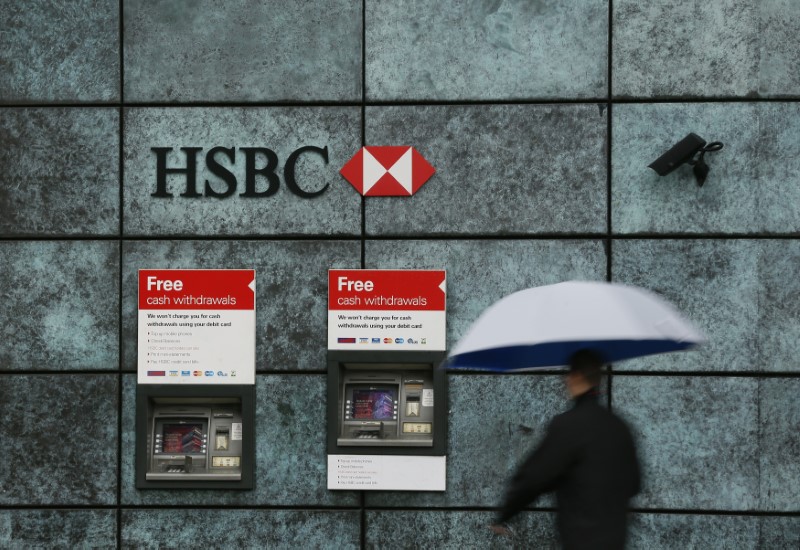Investing.com -- In a note to clients this week, HSBC analysts assessed how equities perform around Federal Reserve easing cycles, offering insights into what investors might expect following the Fed's recent 50-basis-point rate cut on September 18.
The cut, which HSBC said means the global easing cycle is well and truly underway, comes amid a broader global trend, with seven of the 10 major central banks also reducing rates.
"Equity performance around Fed rate cuts depends more on the economic backdrop than on policy easing alone," said HSBC.
They explain that historically if the Fed successfully achieves a soft landing, the S&P 500 tends to rise by 10% within six months after the first rate cut.
However, if the cuts happen during a recession, equities have historically declined by 12%. HSBC believes the U.S. economy remains resilient, suggesting further upside for equities.
Defensive sectors, such as consumer staples and healthcare, are expected to outperform cyclicals during easing cycles.
The second takeaway focuses on market expectations. HSBC notes that while much of the easing is already priced in, the risk-reward profile for equities remains favorable.
"Even if the Fed meets expectations over the longer term, valuations could rise as downside tail risks diminish," adds the bank. However, they note a more dovish Fed could signal heightened recession concerns, which would be detrimental to equities.
HSBC also highlights that European and UK earnings are most sensitive to lower interest rates. For U.S. corporations, the reversal of rising debt costs since 2022 could provide a modest earnings boost of around 2%.
Finally, HSBC points out that a 50-basis-point decline in U.S. 10-year bond yields typically boosts equity valuations by 5.5%. However, this could be tempered by an increasing equity risk premium and reduced central bank liquidity.
